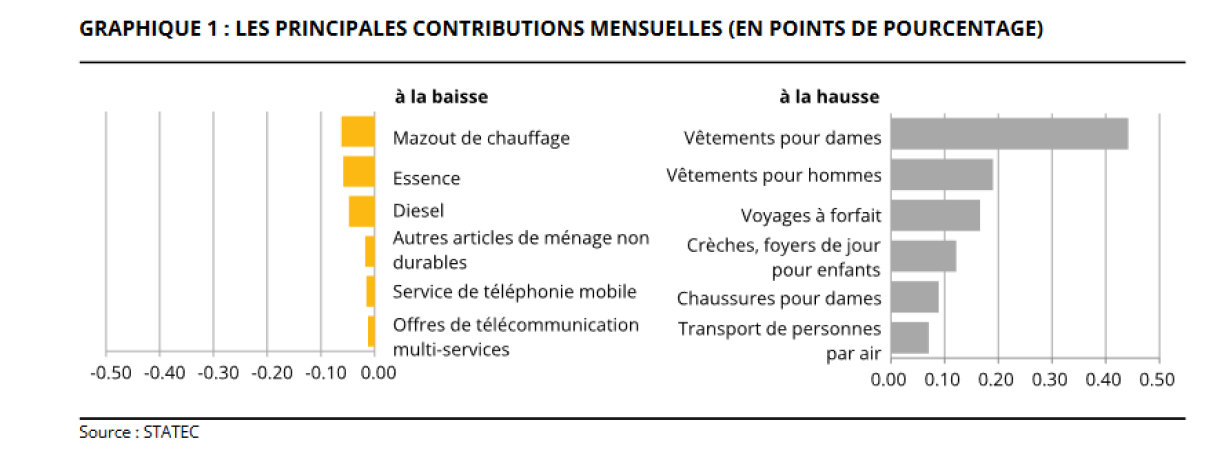
The National Institute of Statistics and Economic Studies (STATEC) has reported a 1.2% increase in the national consumer price index compared to July. This rise is largely attributed to the end of the summer sales.
Excluding petroleum products, the prices of other goods and services increased by 0.4%. A significant 16% monthly increase in the “Clothing and Footwear” category was primarily driven by the return of sale prices to their normal levels after the summer sales. Compared to August 2023, clothing prices rose by 1.2%, while footwear prices increased by 0.7%.
Other sectors impacted by the end of the sales period include furniture (+2.5%), jewellery (+5.3%), and household appliances (+3.3%).
With the peak of the summer season, package travel prices rose by 7.7%, while prices for air passenger transport even saw a 13.4% increase in just one month.
Prices for crèches and drop-in centres (“maisons relais”) increased by 9.1% compared to the previous month.
Food prices remained stable overall compared to July, but, according to STATEC, this masks several offsetting price changes at a more detailed level. Consumers spent less on items like olive oil (-5.4%), confectionery (-2.1%), and flour (-2%) in August. However, prices for other supermarket items, such as fresh fish (+3.4%), potatoes (+2%), and coffee (+2.7%), saw increases. On a year-on-year basis, food prices are up by 1%.
Fuel prices experienced a decrease, with diesel down by 4.1% and petrol by 3.2% compared to July. The price of heating oil fell by 7.2%, while the cost of town gas remained unchanged. Compared to August of the previous year, petroleum product prices were 8.4% lower.

The annual inflation rate has dropped to 1.7%, down from 2% the previous month. Meanwhile, the underlying annual inflation rate increased by 0.3% to 2.3% in August. The general index for August, based on a 2015 reference year with a base of 100, stood at 123.76 points. The half-yearly average of the index linked to the base of 1 January 1948, rose from 1009.24 to 1011.17 points. The next wage indexation will be triggered when the index reaches 1013.46 points.